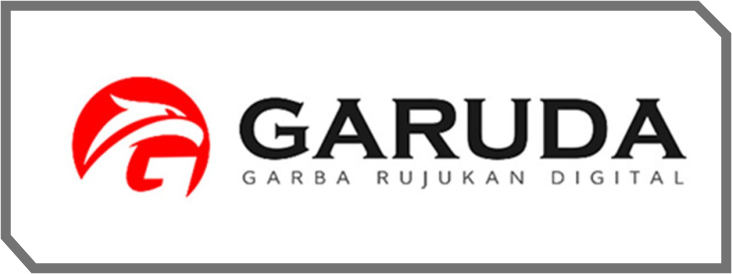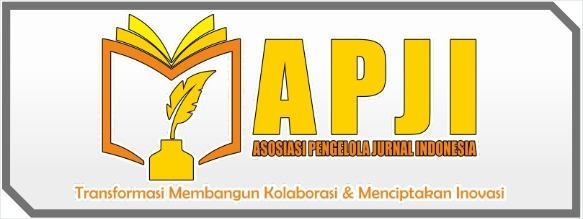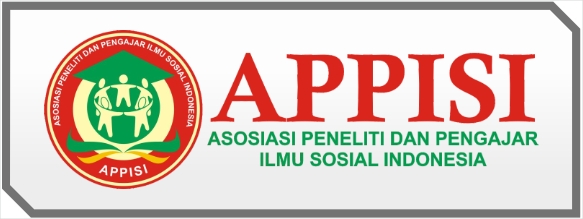Corruption Prevention Model Through Integrated Education
DOI:
https://doi.org/10.59581/deposisi.v2i4.4206Keywords:
corruption, education, integration, modelAbstract
The research examines: (i) the ideal form of preventing corruption through an integrated education system; and (ii) projected obstacles to implementing the corruption prevention model through an integrated education system. The background to the existence of criminal acts of corruption is proven by Indonesia's position at rank 96 out of 180 countries with a score of 38 out of a perfect score of 100 at the beginning of 2023, below the global nominal of 43. Data proves that efforts to eradicate corruption by optimizing the penal system have not been effective in preventing the rate of corruption cases. Non-penal steps are needed, one of which is through anti-corruption education by instilling awareness of the impact of corruption in the younger generation. The research uses a conceptual approach, then combined with legal material and qualitative thinking analysis. The research results show that there are three ideal forms of preventing corruption through an integrated education system, namely: (i) providing basic level anti-corruption education; (ii) preparation of an anti-corruption education curriculum; and (iii) preparation of anti-corruption educational learning schemes. Meanwhile, obstacles include: (i) there is no anti-corruption education curriculum; (ii) implementation instructions and technical instructions for implementing integrated anti-corruption education are not yet available; and (iii) Anti-corruption education is facultative.
References
Al Fatih, S. (2020). Darus as an anti-corruption education. Asian Pacific Fraud Journal, 2(5), 20–28.
Alatas. (1997). Corruption: Nature, causes and functions. LP3ES.
Astafurova, O. A., Borisova, A. S., Golomanchuk, E. V., & Omelchenko, T. A. (2020). Anti-corruption education of public officers using digital technologies. International Journal of Information and Education Technology, 10(2), 90–94.
Bahro, D. S. (2022). Teaching and learning strategies (2nd ed.). Rineka Cipta.
Brady, L. (1985). Models and methods of teaching. Prentice-Hall.
De Basabose, J. (2019). Anti-corruption education as an alternative approach to corruption. Anti-corruption Education and Peacebuilding, 8(12), 157–194.
De Porter, B., & Harnacki, M. (2003). Quantum learning. Dell Publishing.
Hamzah, A. (2017). Eradicating corruption through national and international criminal law. Raja Grafindo Persada.
Hauser, C., & Berenbeim, R. E. (2017). Anti-corruption education. Cambridge University Press.
Hughey, B. J., et al. (1983). Teaching ESL composition: Principles and techniques. Newbury House Publishers, A Division of Harper & Row, Publishers, Inc.
Komalasari, K., & Saripudin, D. (2015). Integration of anti-corruption education in school’s activities. American Journal of Applied Sciences, 12(3), 31–42.
Lu, H., & Zhang, L. (2005). Death penalty in China: The law and the practice. Journal of Criminal Justice, 33(4), 367–376.
Ngalimun. (2012). Learning strategies and models. Scripta Cendekia.
Soewartojo, J. (1998). Corruption, activity patterns, and enforcement and supervision in overcoming it. Balai Pustaka.
Suparno, & Yunus, M. (2007). Basic writing skills. Universitas Terbuka.
Suyadi, S., Sumaryati, S., & Hastuti, D. (2020). Early childhood education teachers' perception of the integration of anti-corruption education into Islamic religious education in Bawean Island, Indonesia. Elementary Education.
Syah, M. (2015). Educational psychology: A new approach. Rosdakarya.
Tanya, B. L. (2011). Law enforcement in the light of ethics. Genta Publishing.
Zhu, J. (2012). Do severe penalties deter corruption? A game-theoretic analysis of the Chinese case. China Review, 12(2), 1–32.
Downloads
Published
How to Cite
Issue
Section
License
Copyright (c) 2024 Deposisi: Jurnal Publikasi Ilmu Hukum

This work is licensed under a Creative Commons Attribution-ShareAlike 4.0 International License.














